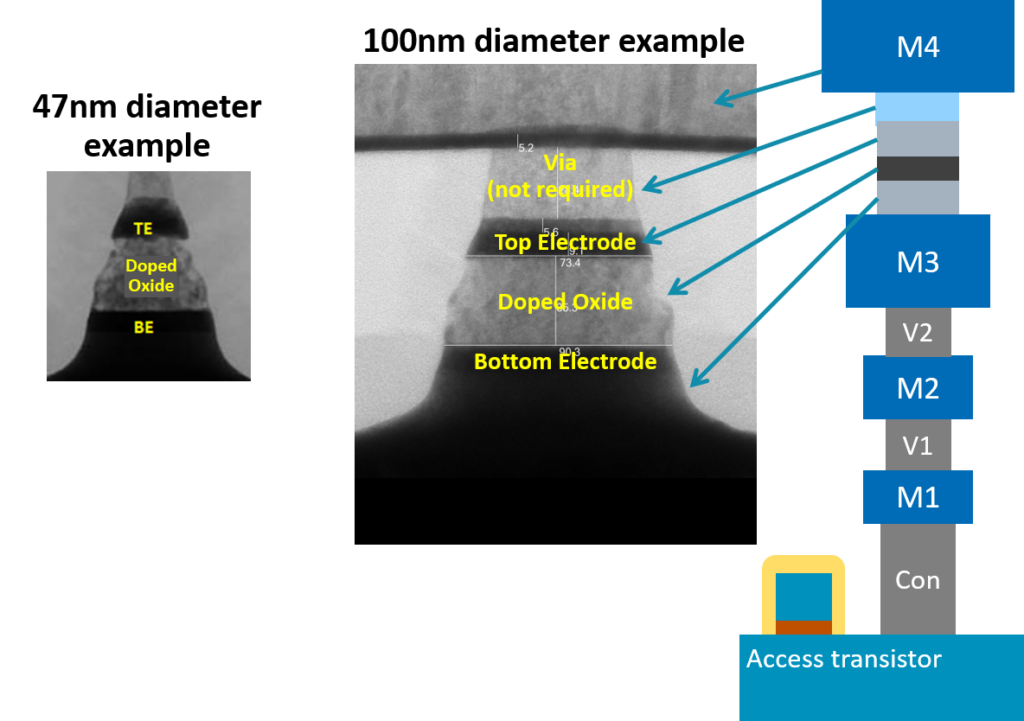Correlated Electron Switches
Correlated Electron (Ce) switches operate via strong electron orbital interactions, with a key example being the predictions of metal-insulator transitions by Nobel Laureate Neville Mott over 70 years ago. The field of correlated electronics promises a wide range of highly disruptive characteristics to both commercial microelectronics and military readiness applications including memory, RF, logic and opto-electronics. A key roadblock has been finding practical Ce materials and properly integrating them into electrically switchable devices that are compatible with the semiconductor industry. Cerfe Labs has new Ce materials and devices which will break through this roadblock and deliver the promise of this exciting new class of electronics.

